Beta Basics: How to Do Basic Research For Any Outdoor Trip

The term Beta gets thrown around among outdoors people a lot, and it can seem like a nebulous concept that’s hard to pin down. So what is Beta in the context of outdoor adventure and/or hiking? And what are some Beta basics that you should know to improve how you prepare for your adventures? We’ve compiled answers to those questions and provided you with a checklist of things to research anytime you’re planning an outdoor adventure, be it a short day hike or a multi-week rafting trip.

What is Beta (in the context of outdoor adventure)?
Beta is essentially trip report information that’ll let you know (roughly) how a hiking route, climbing route, or another outdoor route (could be river float or access to a remote beach somewhere) goes — what the trail is like, how long the route is, what the topography and vegetation are like. It’s a loose approximation of what you can expect if you go on that route, based on the experience of someone who’s done it. Think of a trip report on All Trails or Summit Post.
More broadly, Beta refers to general information about an outdoor trip that will help you go into it prepared. For example, you might’ve heard an impatient backpacking buddy respond to your question about what to pack with, “Have you checked the beta?”
What fundamental questions about the Beta should you ask anytime you plan an outdoor trip?
In this broad sense, having good Beta will help you plan your trip, from where you’ll park to how much food to bring or whether rain gear will be necessary. Below we answer these fundamental ‘Beta’ questions that you should ask every time you head out on an outdoor adventure.

Road Access:
Coming prepared for the conditions of the trail is ordinarily at the top of everyone's list, i.e., micro spikes for snow, water shoes for river crossings, extra water for arid deserts, etc., but what about road access to said trail? We can't tell you how often we've made plans to climb a mountain in early spring, only to meet an impassable snow-covered forest road. And when you're trying to make a specific time window, turning around can be a real bummer.
So ask yourself, is the road covered in snow? Is it closed due to wildfires in the area? Maybe there's been a mudslide, and you have to take an alternate route. Will there be parking, or will I have to add time to trek to the trailhead? Don't get caught by surprise, and consistently check your route to be sure you can make it to your destination. Getting out there and having to replan (possibly without cell service) can lead to headaches and heartbreak.
Navigation Needs:
Sometimes it seems like you can plan everything down to a T, and something will still go wrong. Planning for the possibility of this "something" can save you time, stress, and maybe even your life. The best advice is to assume there won't be cell service before you go, so download a map of the area to access it offline. It's also good to take several screenshots of roads, detailed route reports, and maps. Be sure to bring a portable backup charger, and in the case that all tech fails, you should have a physical map and compass and the knowledge to use it.
Trip Length:
There are two very important reasons to have a clear timeline of your outdoor adventure. First is to make sure you have the food, water, and gear supply to last throughout your trip. If you plan carefully, you won't have to shorten your trip due to supply shortages. The second is for safety.
Hiking isn't inherently dangerous, but taking off alone or with a small party without notifying anyone is. Determining the length of your trip early on is not only helpful for basic planning but also provides an indication of where you (or your party) should be in the event of an emergency in which you find yourself stranded with no communication. . Please give as much detail to close friends and family so it's possible to find you in case of an emergency.
Supply Planning:
When preparing your loadout for any trip, it's important to consider distance, terrain, weather, and infrastructure. Then, once established, you can focus on the BIG 10: first aid, navigation, shelter, food, water, communication, clothing, recreation gear, transportation, and toiletries.
To prepare even further, The Mountaineers Ten Essentials™ has an excellent checklist for any outdoor adventure:
- Navigation: map, altimeter, compass, [GPS device], [PLB, satellite communicator, or satellite phone], [extra batteries or battery pack]
- Headlamp: plus extra batteries
- Sun protection: sunglasses, sun-protective clothes, and sunscreen
- First aid: including foot care and insect repellent (if required)
- Knife: plus repair kit
- Fire: matches, lighter and tinder, or stove as appropriate
- Shelter: carried at all times (can be a lightweight emergency bivy)
- Extra food: beyond the minimum expectation
- Extra water: beyond minimum expectation or the means to purify
- Extra clothes: sufficient to survive an emergency overnight
Weather conditions:
We've said it before, and we'll say it again — always hope for the best but prepare for the worst. And this doesn't just apply to big backpacking trips or off-grid overlanding. For example, extensive prep for a short surf trip to the beach might not seem necessary, but if temps rise and you have a Miir Wide Mouth 20 oz Bottle full of ice water or a Super Cooler full of popsicles and ice-cold beer, you're going to be happy you've come prepared for the weather.

Good resources for the trip beta:
- Maps — Gaia GPS, Maps 3D Pro, Spyglass, and more.
- Routes — Summit Post, All Trails, FarOut, and more.
- Weather — The weather app on your phone is a great resource, but if you’d like something with more detail, you can use apps like Weather Underground or Dark Sky Weather
- Packing Lists — If you don’t like relying on yourself to remember everything you need for a trip, you can use an app like Pilot Plans.
- First Aid: An app like IFRC First Aid gives you access to basic medical knowledge and step-by-step instructions for simple in-field first aid scenarios.
Bonus tips:
- Pack some drinks and snacks for when you get back to the car — the experience of having a cold beer waiting for you in your Super Cooler after a 30-mile backpacking trip is hard to put into words. So, if possible, pack something for your ride home / apres session when you get back to the car.

There you have it. Beta basics you should know to improve how you plan and prepare for your next adventure. We hope this article answered some of your questions and provided you with a checklist of things to research before your next outing. If you have any questions or tips you'd like to share with the community, leave them in the comments below.
Like this article? Check out: 6 Things To Know When Heading Out On Your First Mountaineering Expedition
Start planning with some gear from the shop:




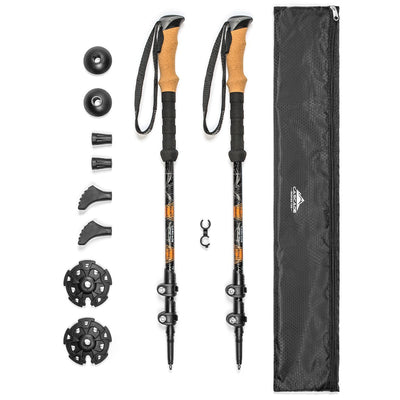
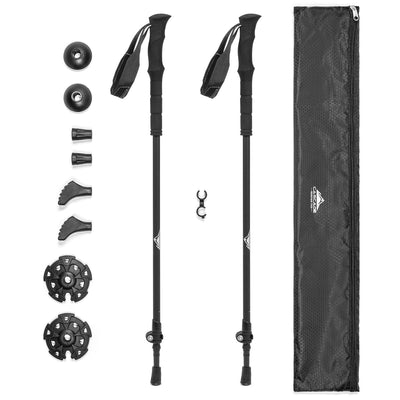
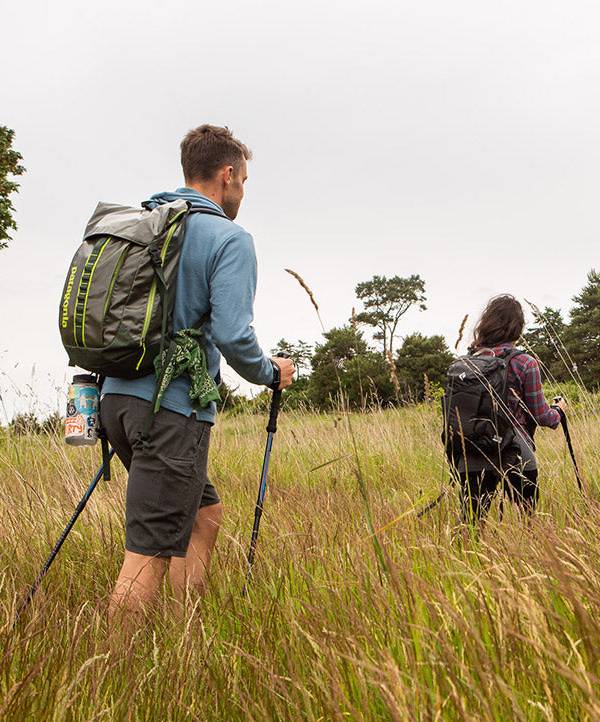

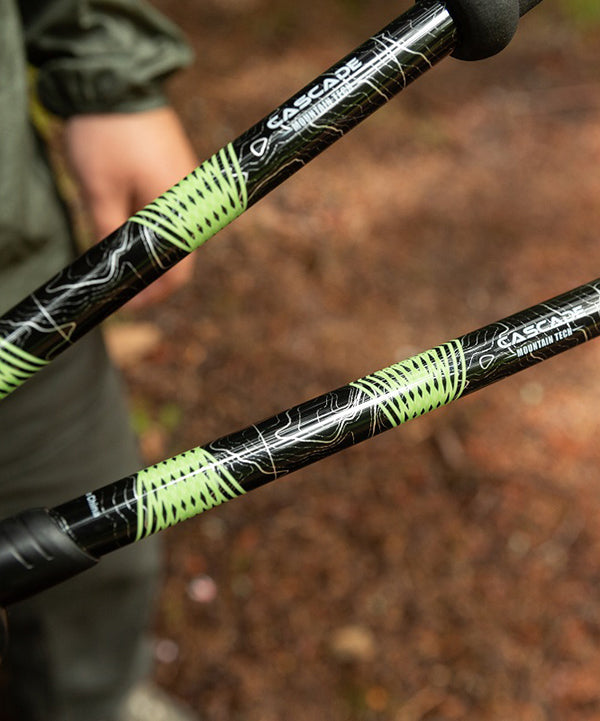

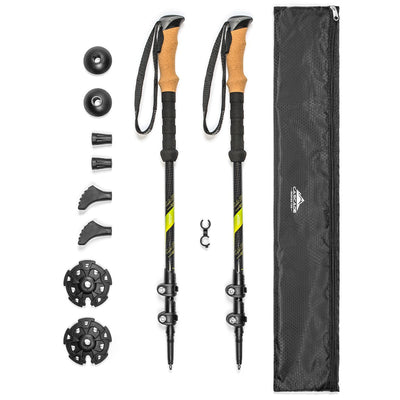
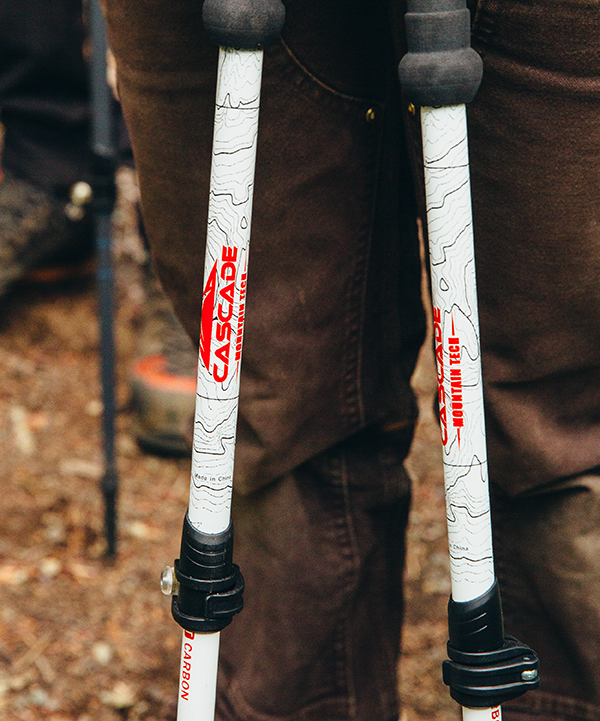
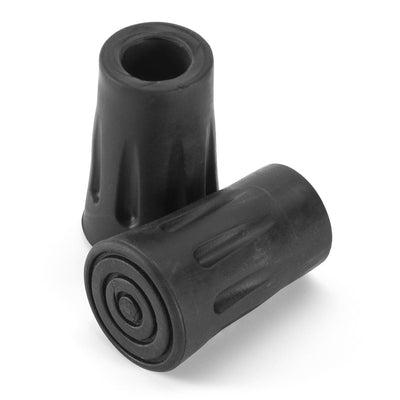
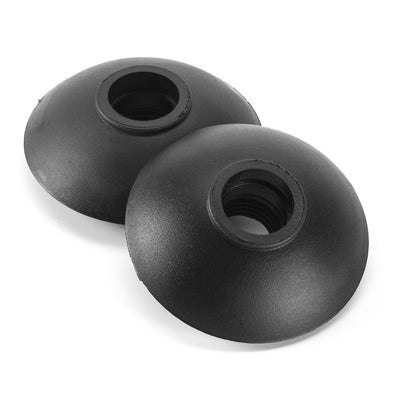
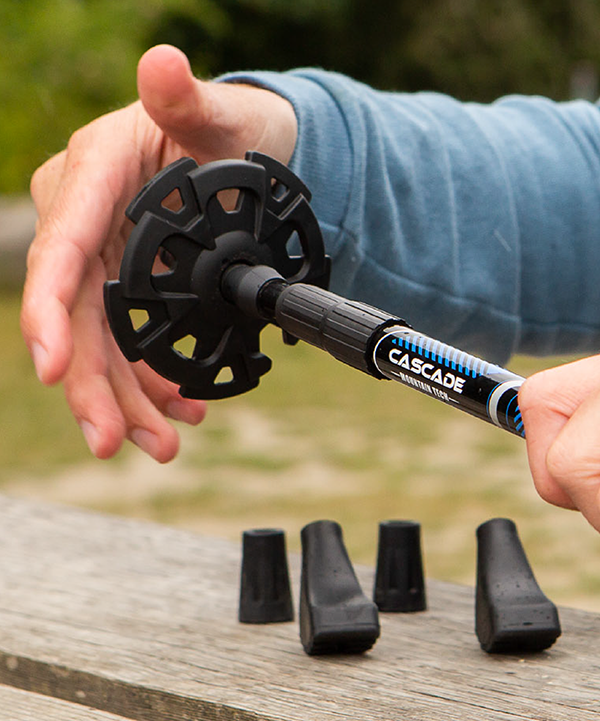
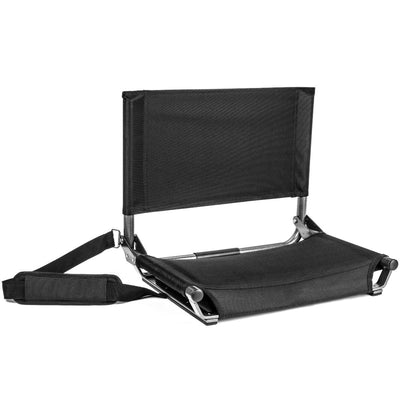
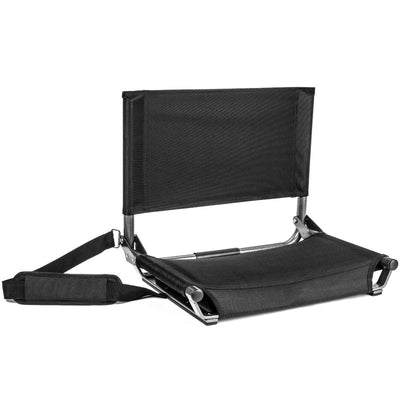



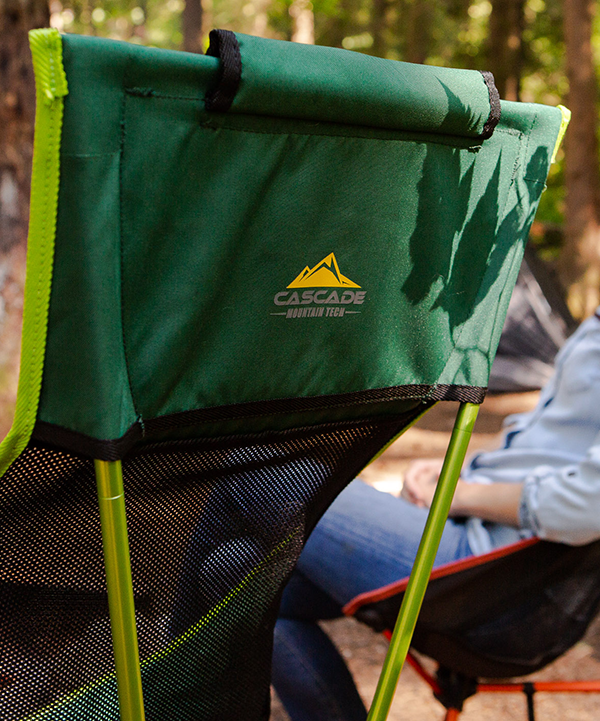
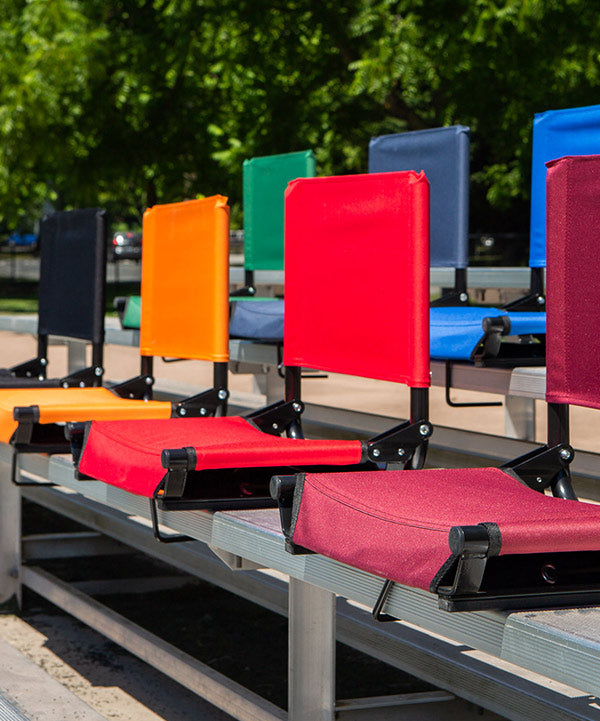

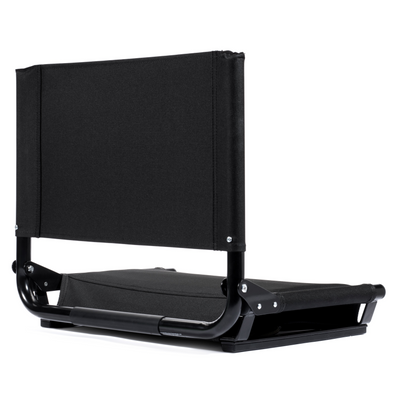
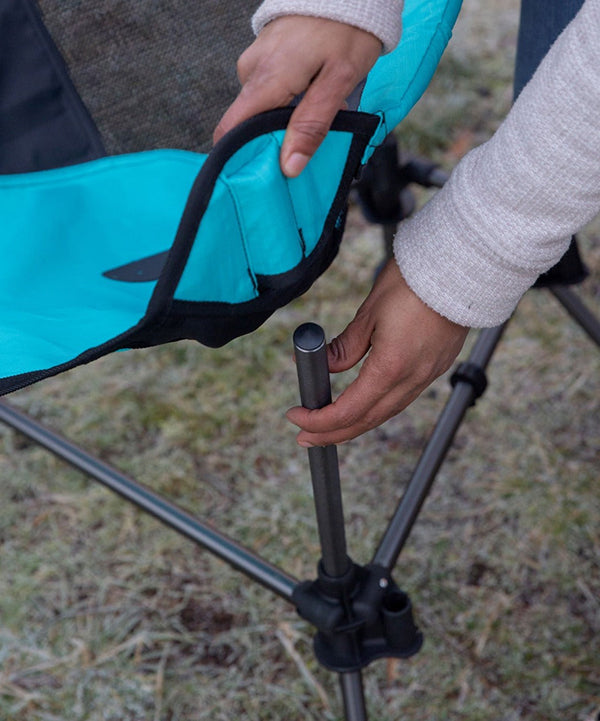
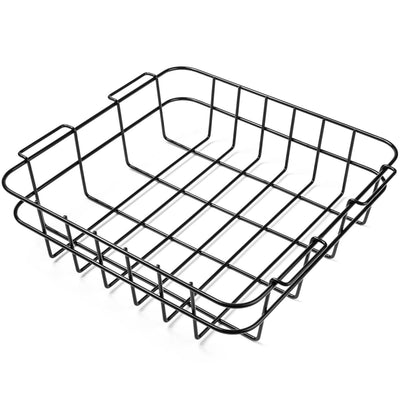

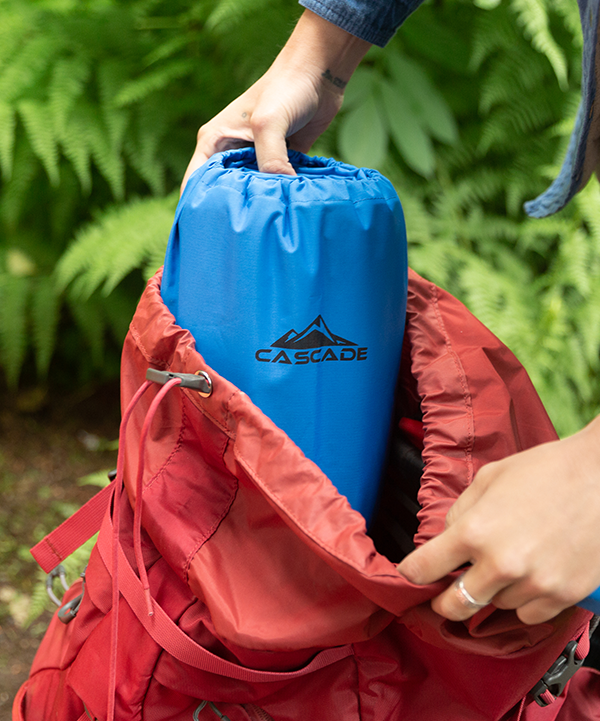
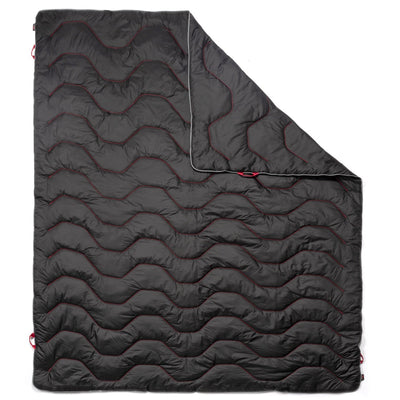
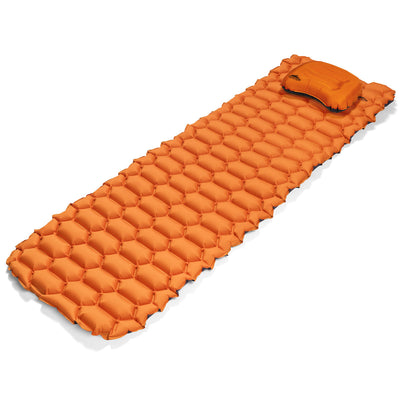



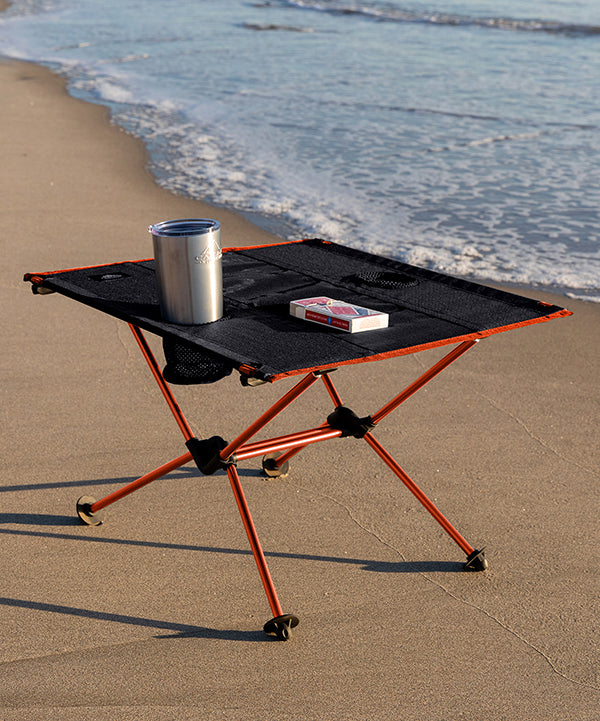

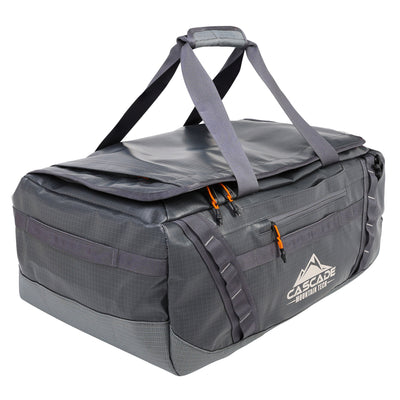
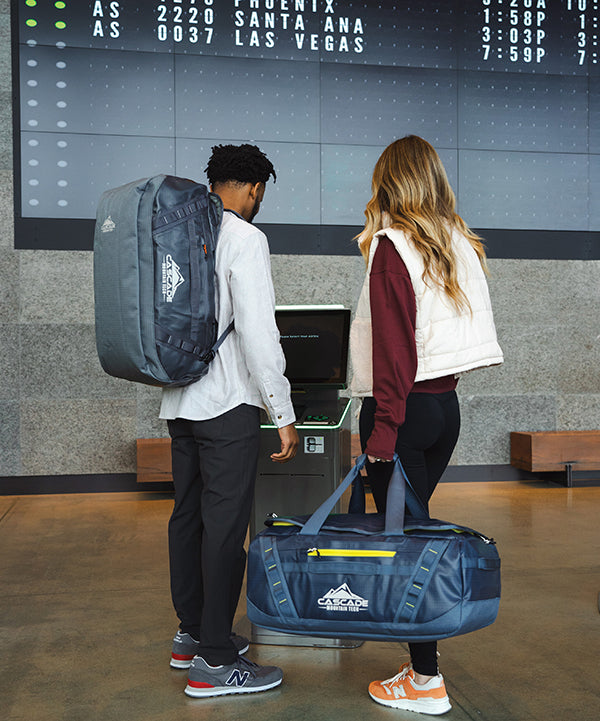
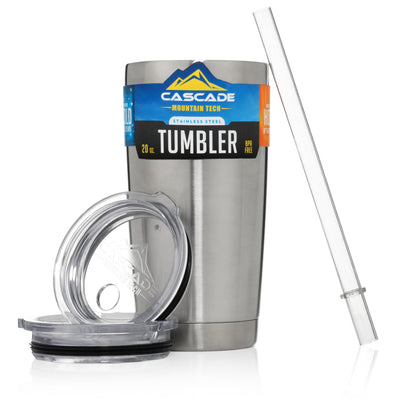
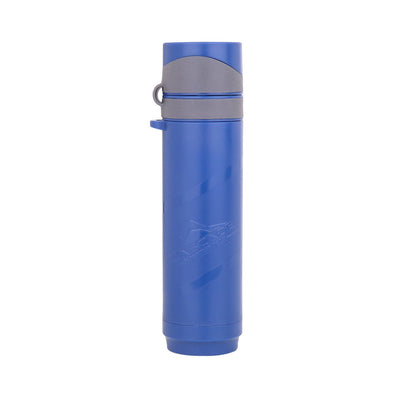
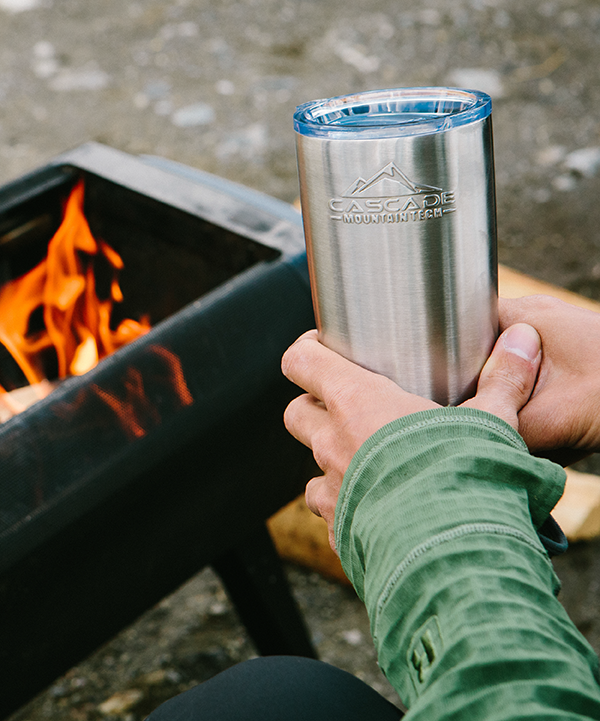
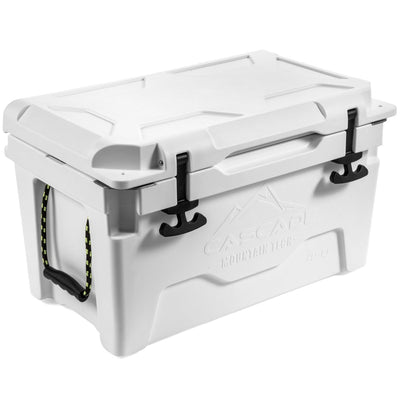



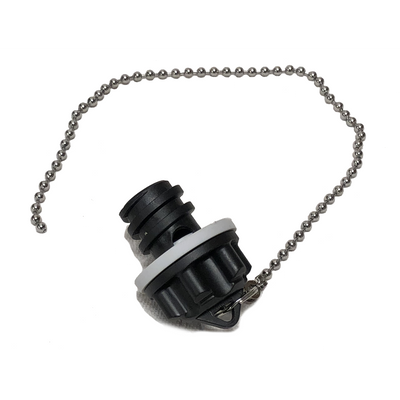
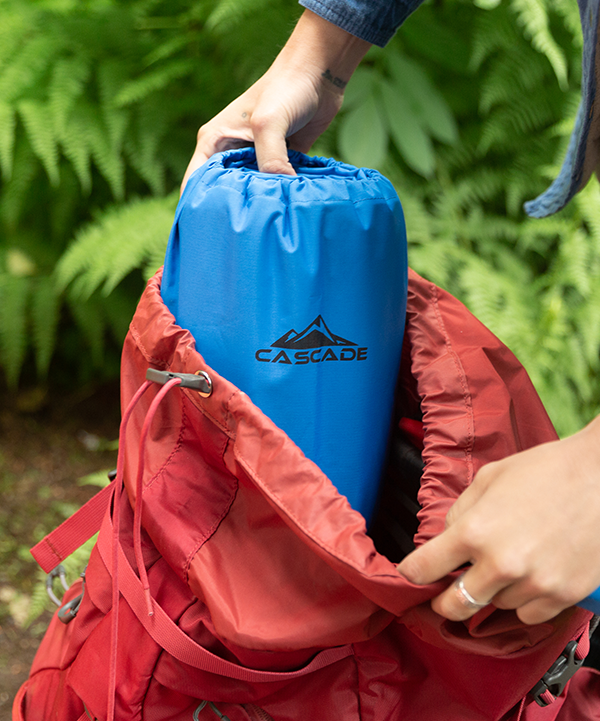
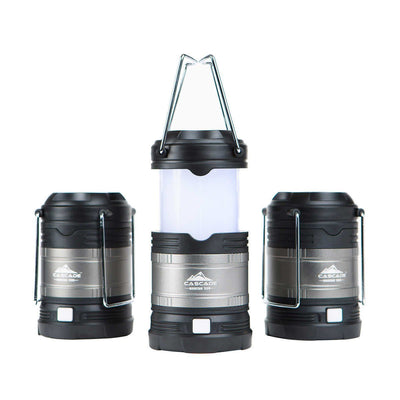

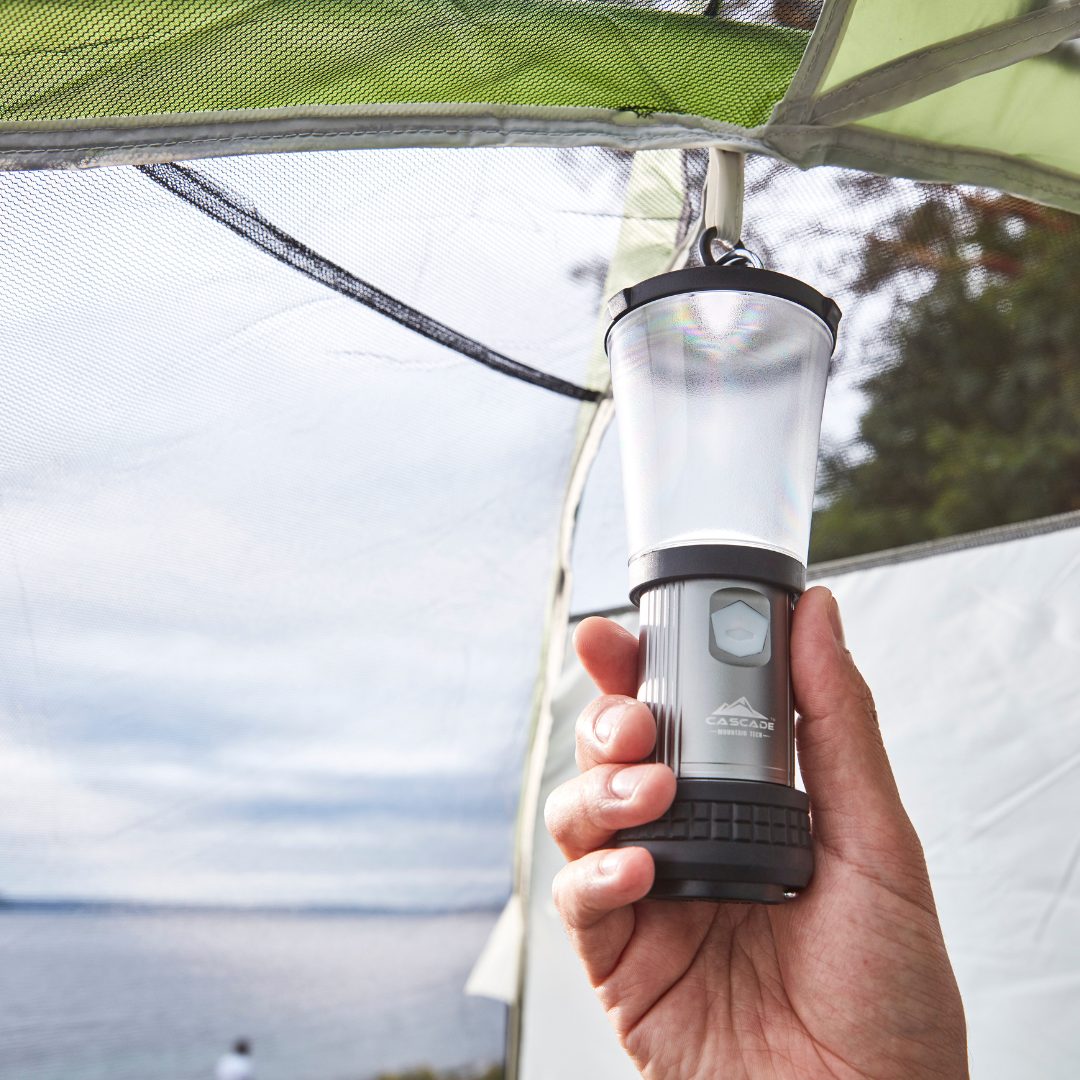

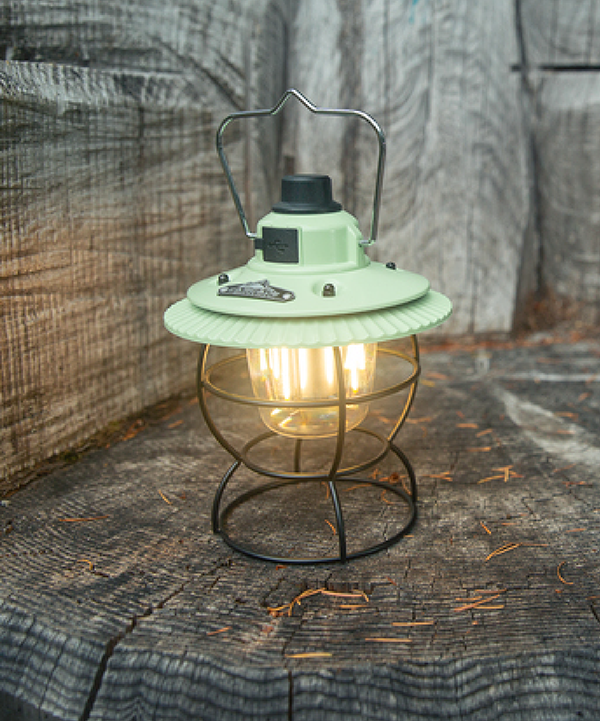
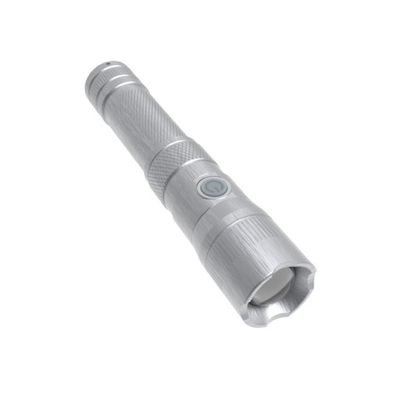
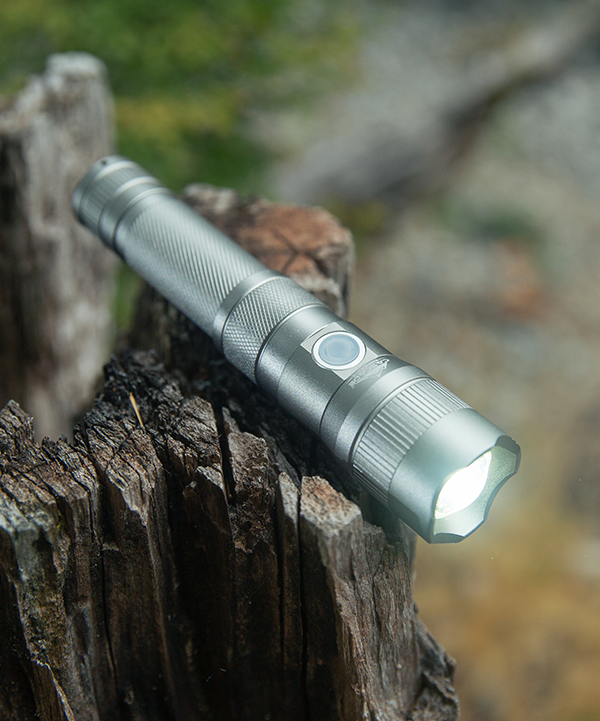

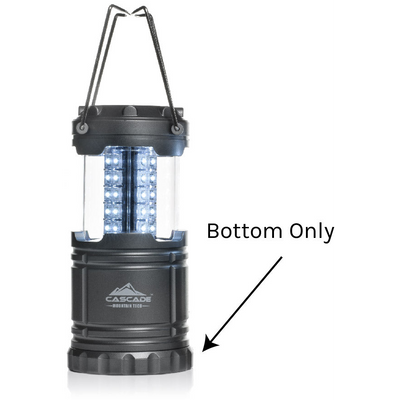
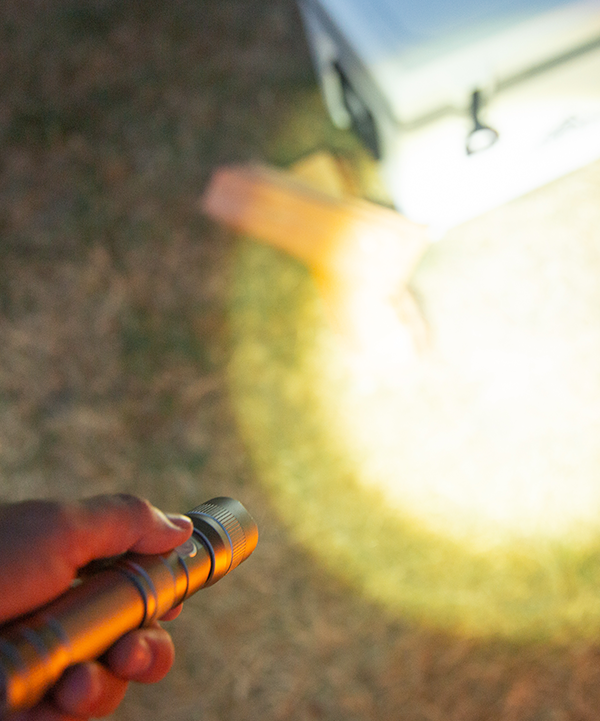
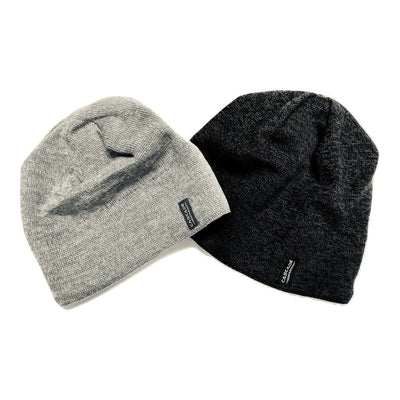
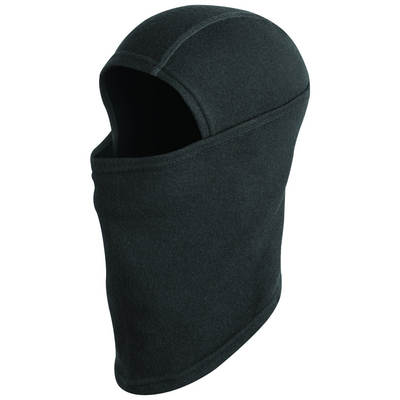
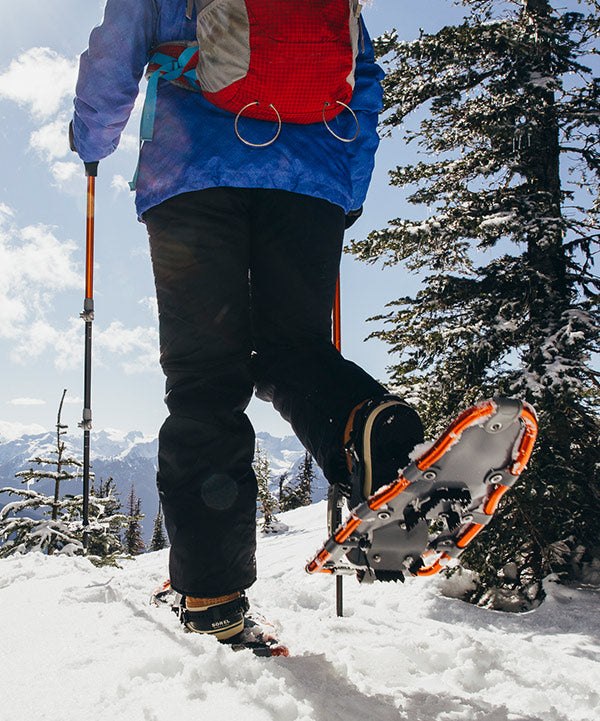

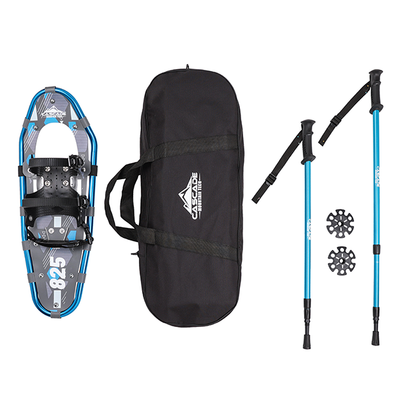
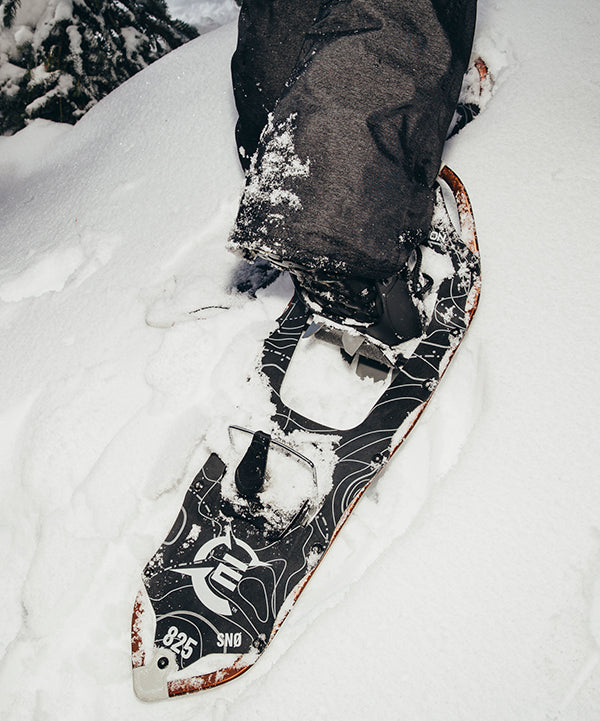

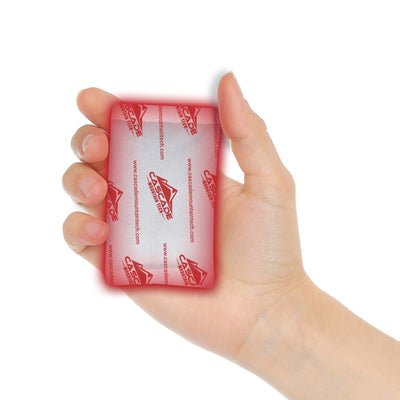

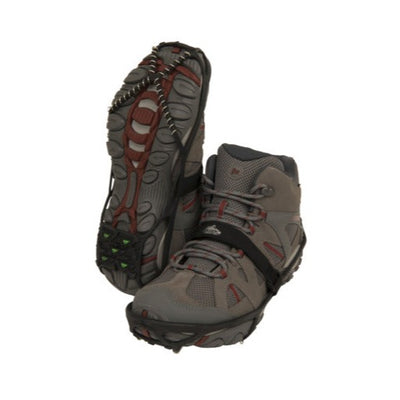

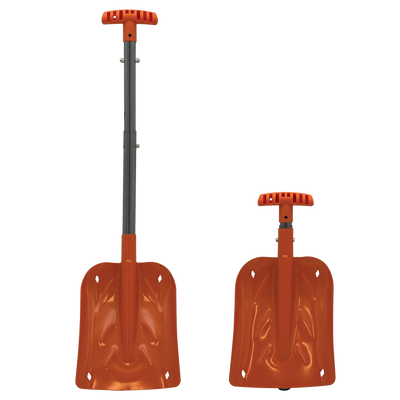
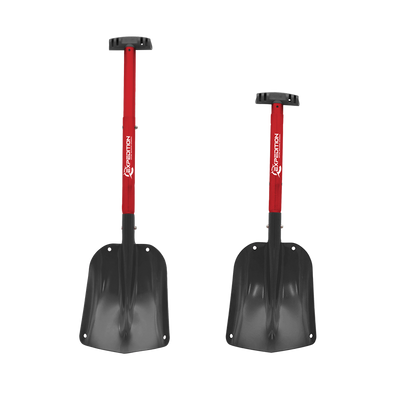
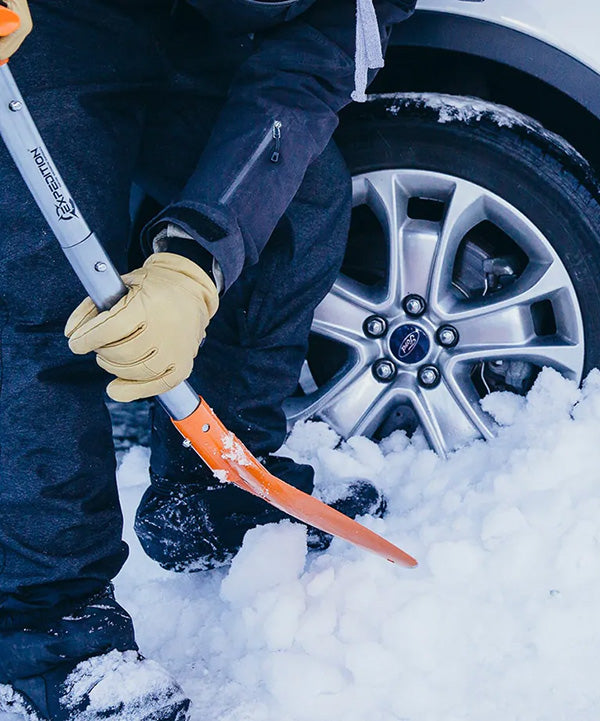
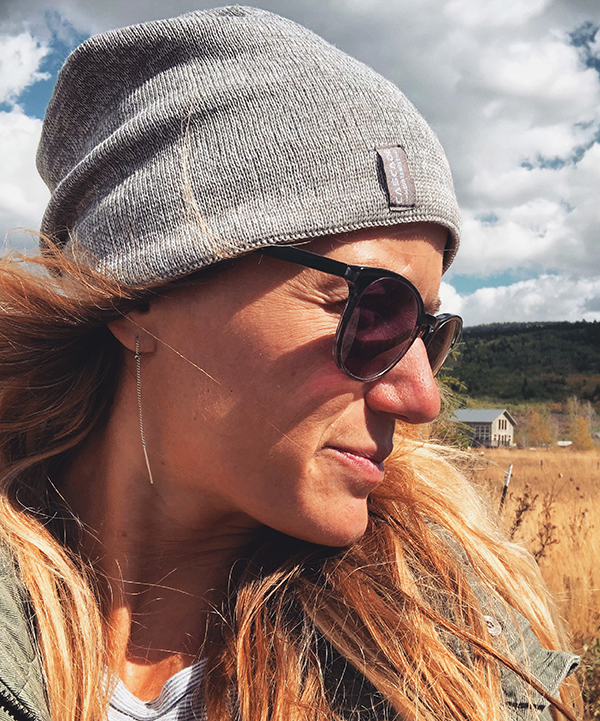

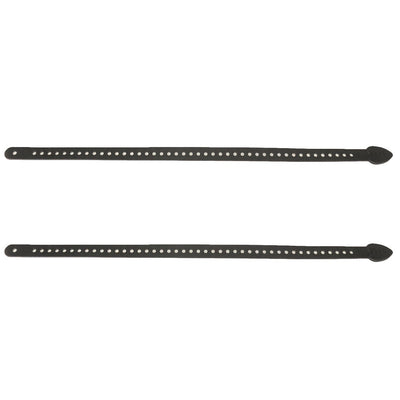

















Leave a comment